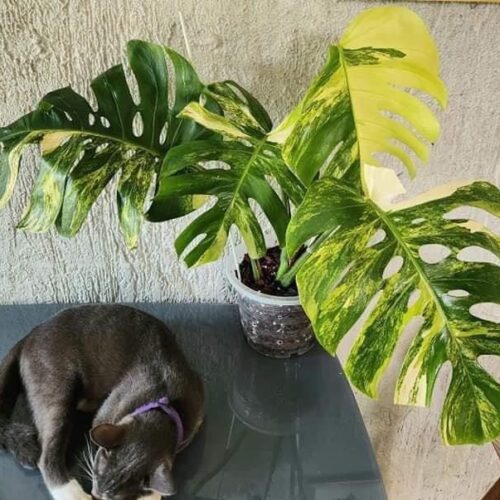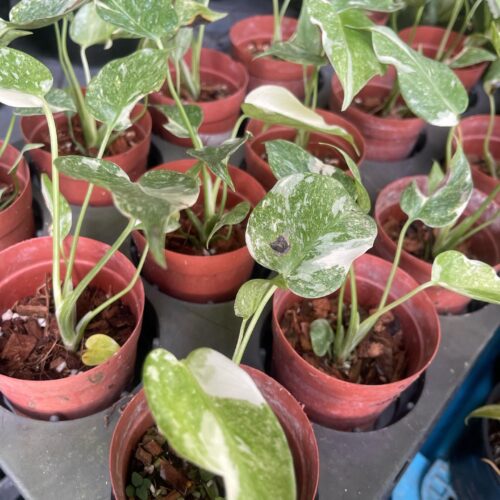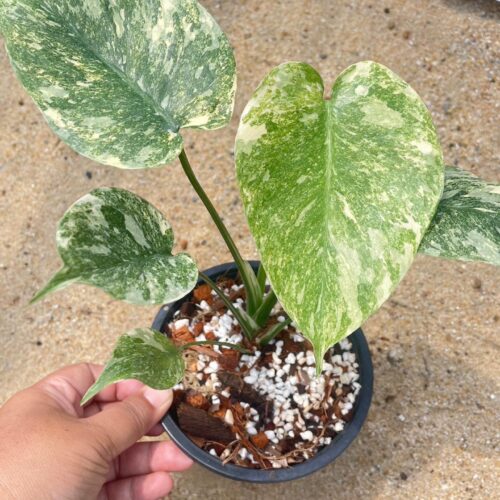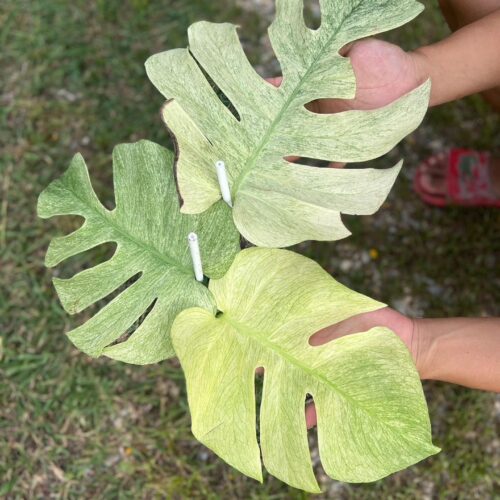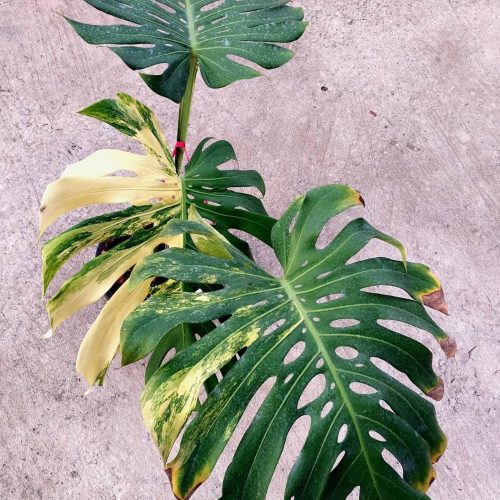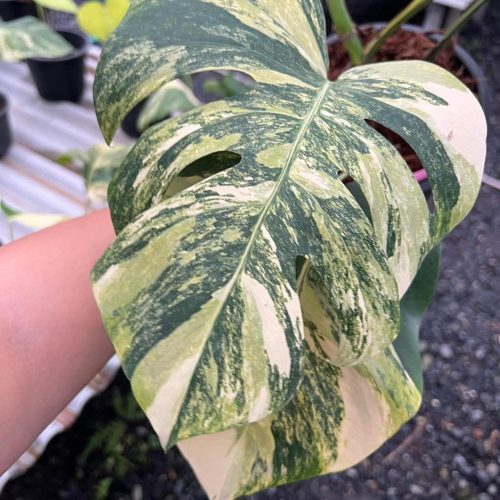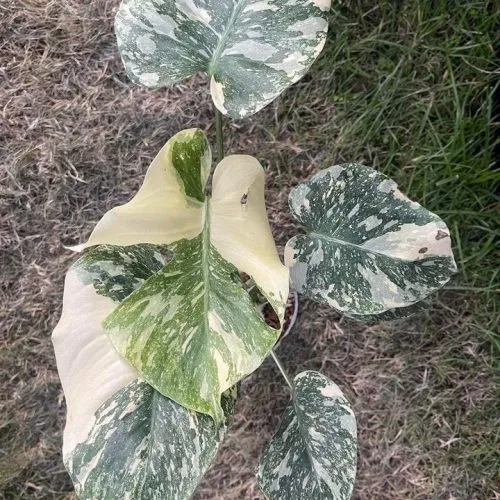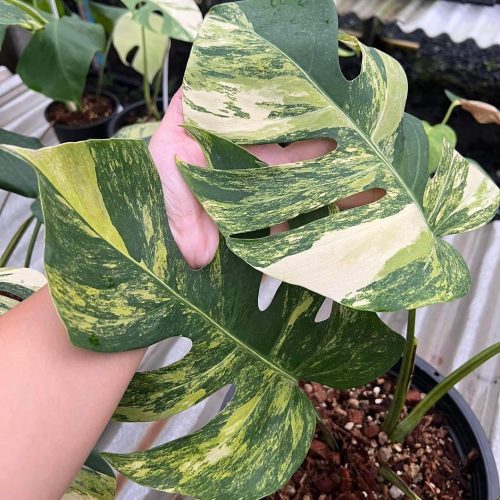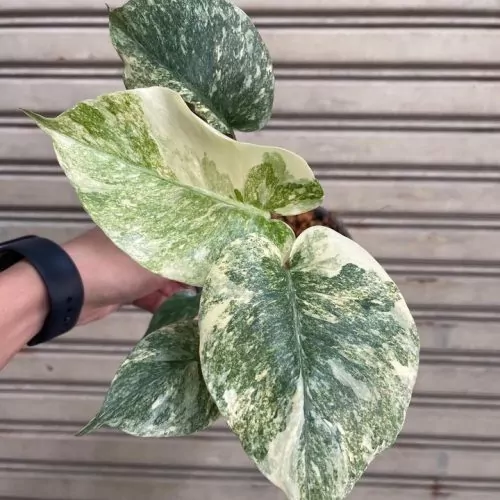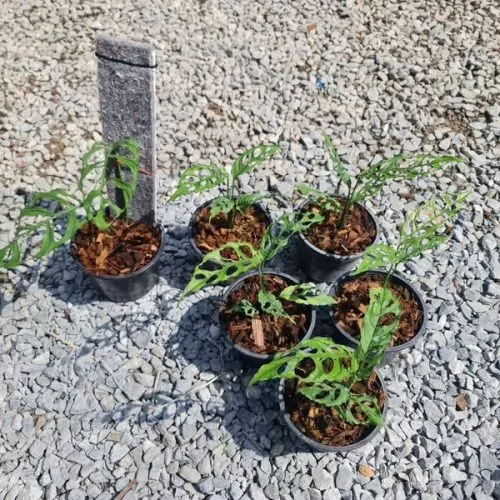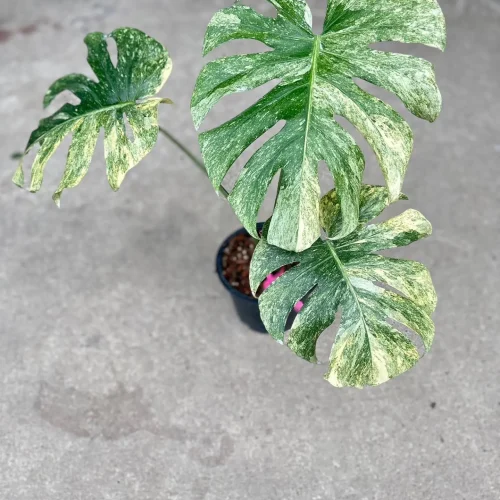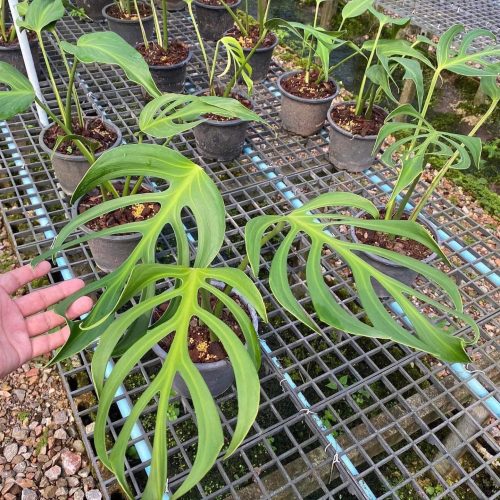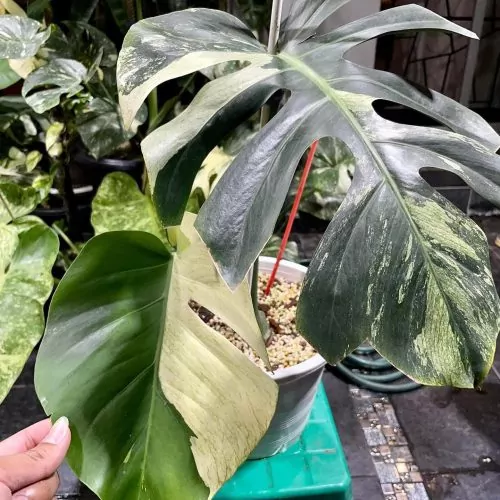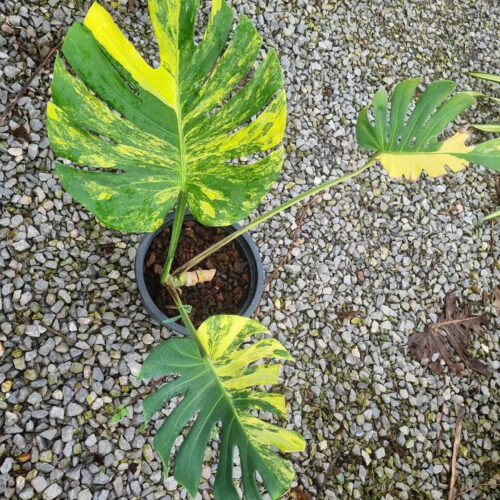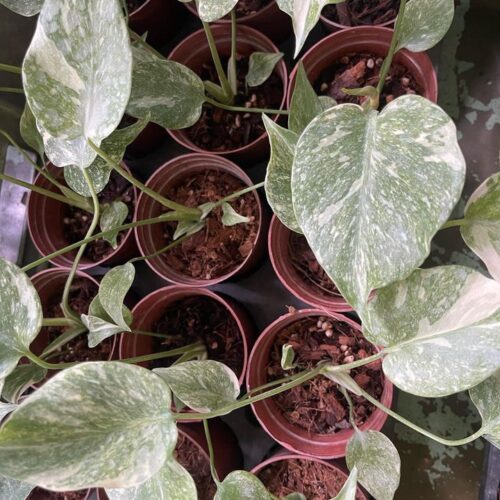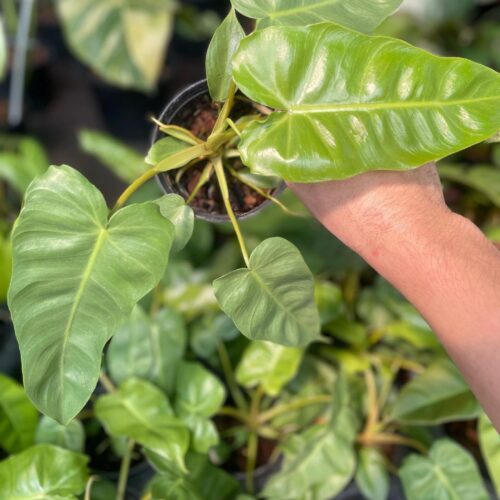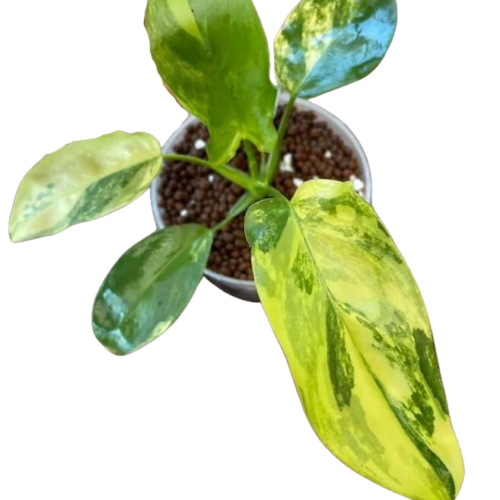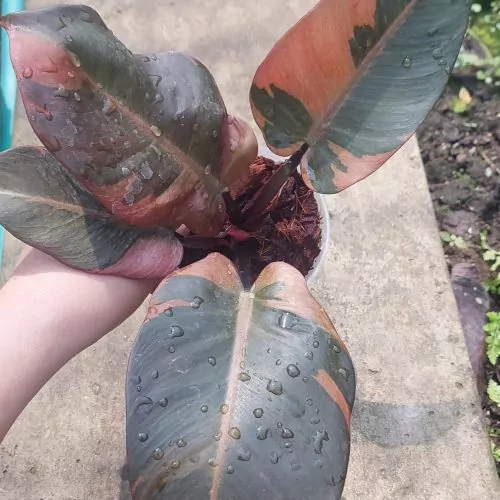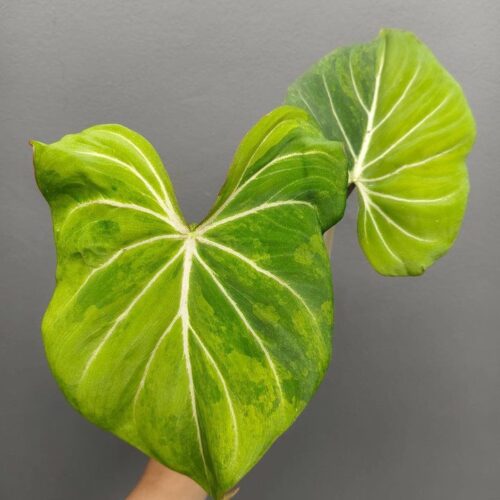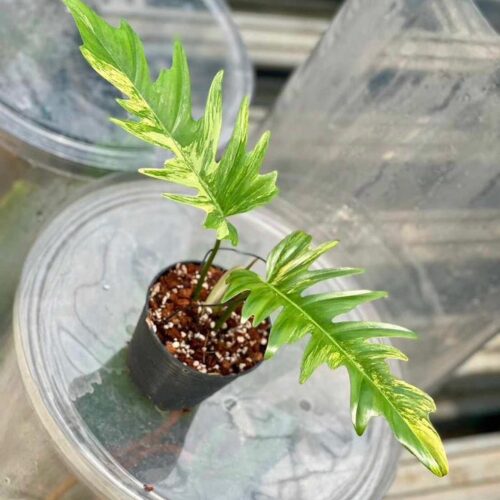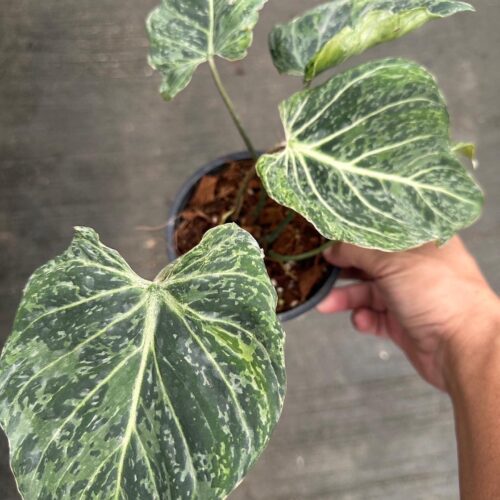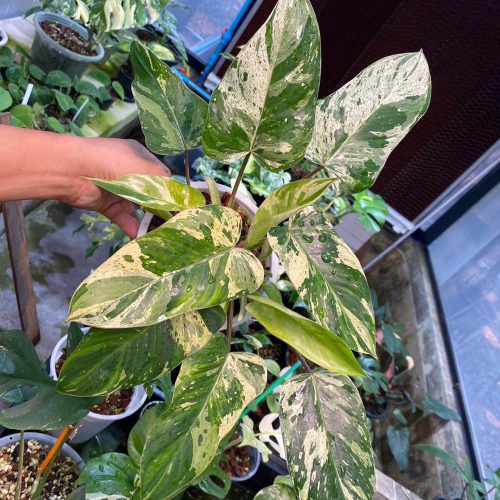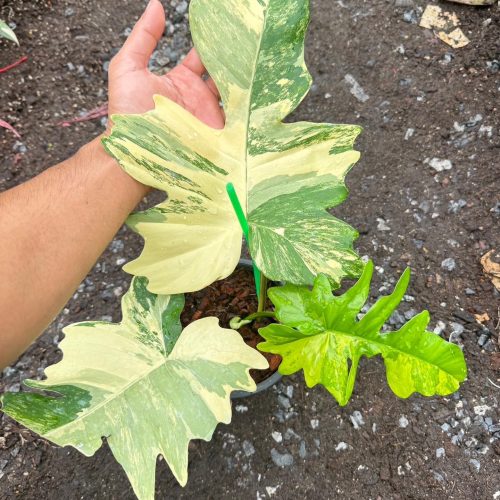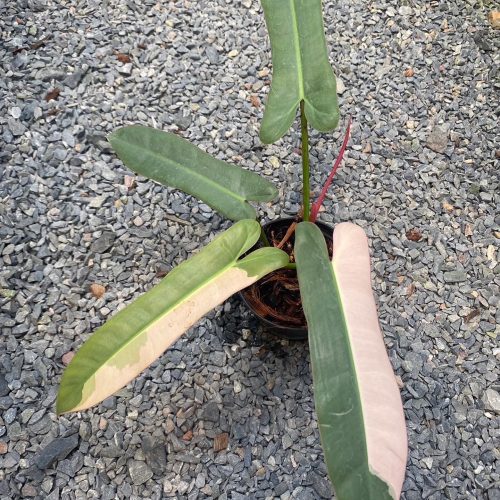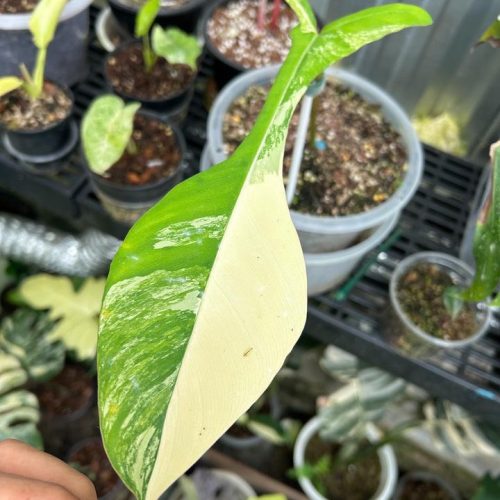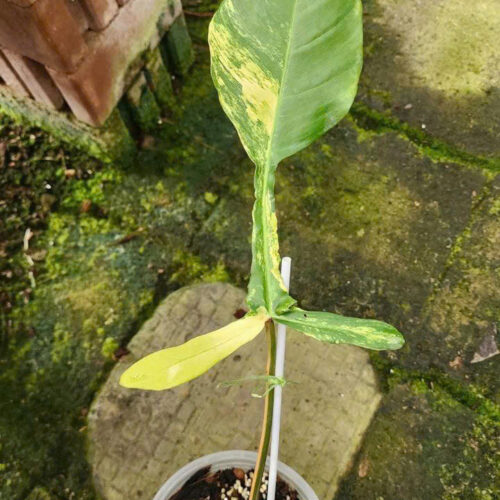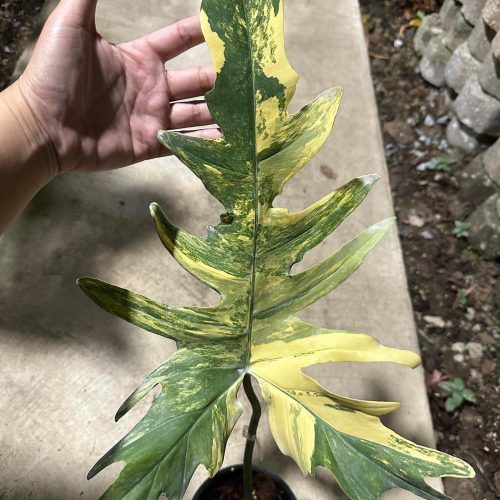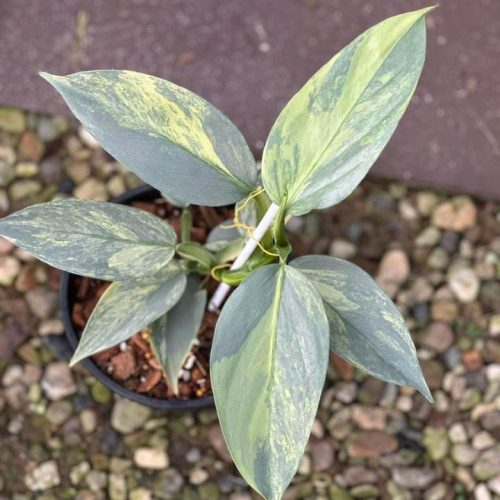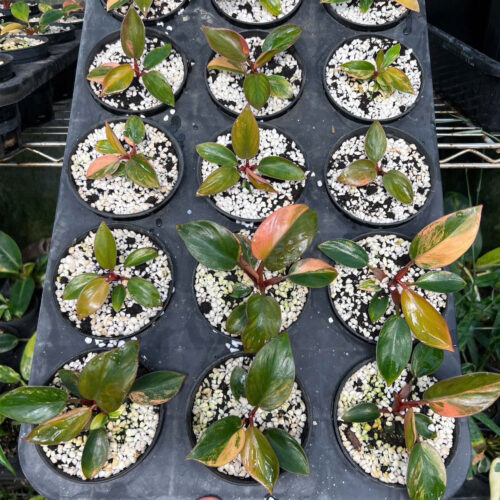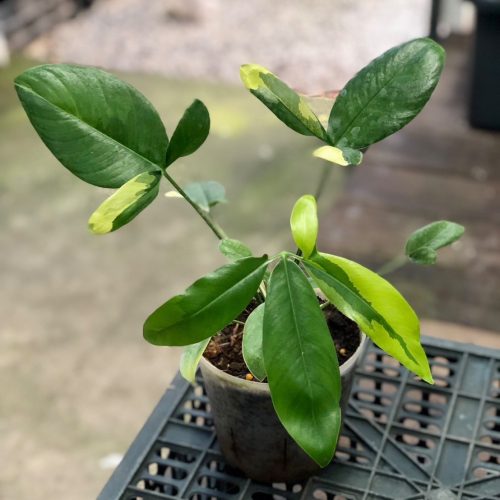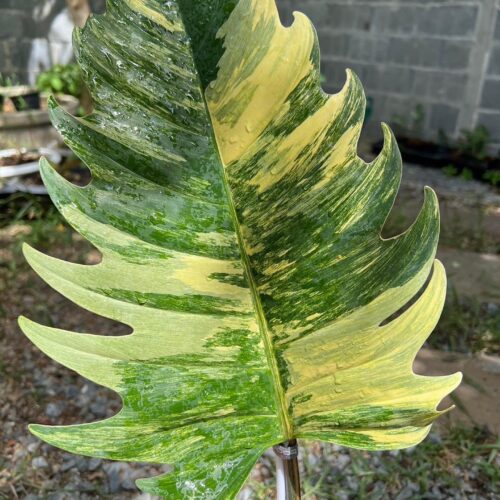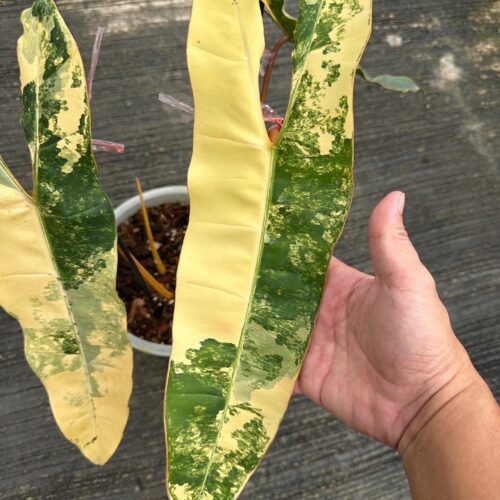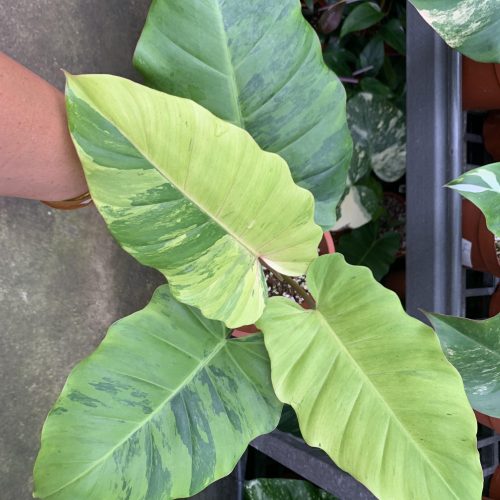The Philodendron Verrucosum is a stunning tropical plant known for its velvety leaves and striking veins. Native to the rainforests of Central and South America, this plant is a favorite among houseplant enthusiasts. Here’s a comprehensive guide to mastering the care of your Philodendron Verrucosum.
Introduction
The Philodendron Verrucosum is a member of the aroid plant family, which includes popular varieties like Monstera, Anthurium, and Aglaonema. Known for its velvety, heart-shaped leaves with bright green veins, this plant is a showstopper in any indoor garden. Similar to Syngonium and Epipremnum, the Philodendron Verrucosum is not only beautiful but also relatively easy to care for with the right knowledge.
1. Provide Bright, Indirect Light
The philodendron verrucosum thrives in bright, indirect light. When it comes to lighting for this plant, think “bright but not sunburned.” Direct sunlight will scorch the leaves, causing unsightly bleaching and brown blotches. For the best results, place your philodendron verrucosum near an east, west, or lightly shaded south window where it will receive consistent bright light throughout the day without any direct sun exposure. A north-facing window may be too low light.
You’ll know your plant is getting the proper amount of light if the leaves remain a lush, dark green. If the leaves start to fade, yellow, or develop pale patches, it needs more sunshine. Be sure to rotate your plant periodically to ensure even lighting on all sides.
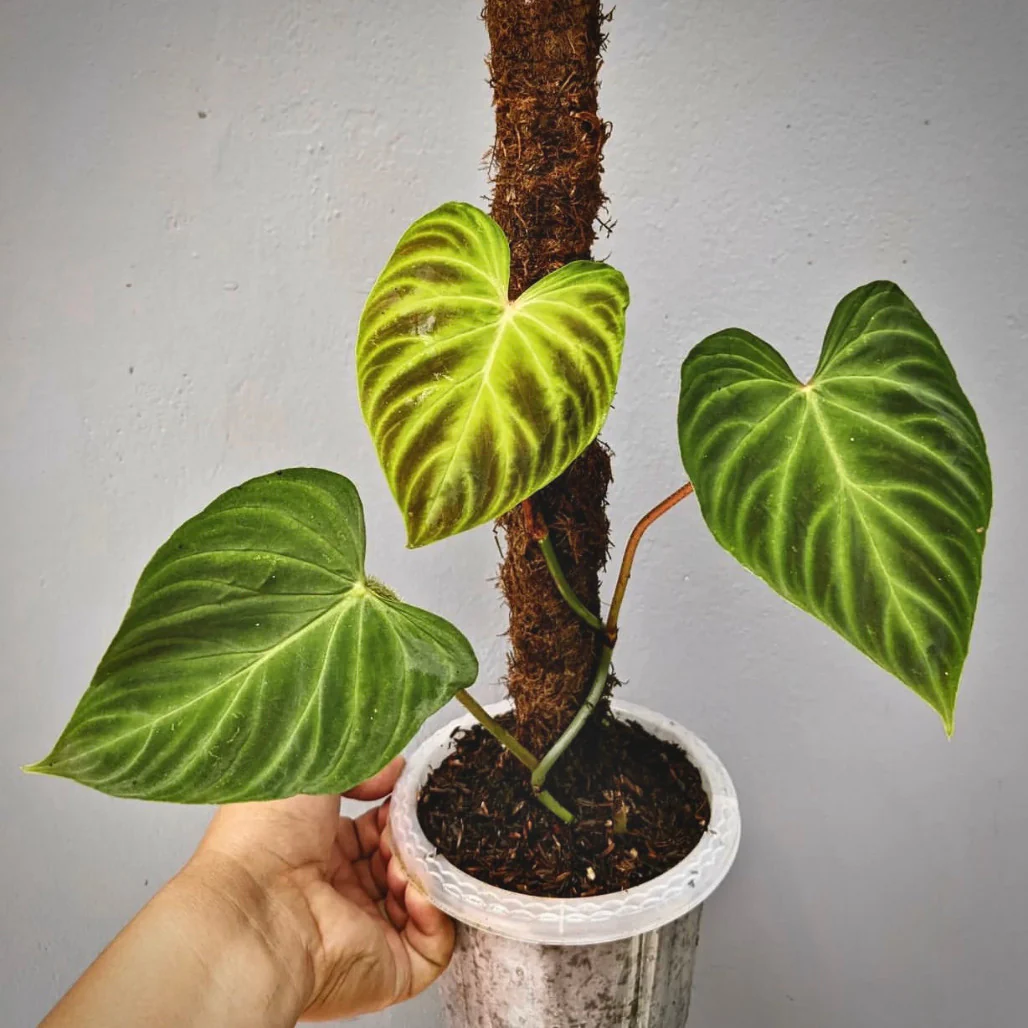
2. Maintain Consistently Warm Temperatures
As a tropical plant native to the lush rainforests of Central and South America, the philodendron verrucosum thrives in warm to high temperatures between 65-80°F (18-27°C). Temperatures lower than 50°F (10°C) can damage this heat-loving plant. When growing philodendron verrucosum indoors, be sure to situate it away from cold drafts from windows and doors. The use of a portable heater during colder months can help maintain proper temperatures.
In warmer climates, philodendron verrucosum can be grown outdoors year-round in protected, shaded locations. For those in temperate regions, move your plant to a covered outdoor location during the warm season and bring it back inside before nighttime temperatures start dropping below 60°F (16°C) in autumn.
3. Provide Average Home Humidity Levels
Philodendron verrucosum enjoys average indoor humidity levels between 40-50% and will thrive in most homes without additional humidity. However, as a tropical plant, higher humidity is always appreciated! Dry air caused by indoor heating and air conditioning can lead to crispy leaf margins.
To boost moisture levels around your plant, use a humidifier nearby or place its pot on a pebble tray filled with water. Grouping other plants together also helps raise local humidity through their collective transpiration. Just be sure not to place this moisture-loving plant directly in front of heat vents, which will dry it out.
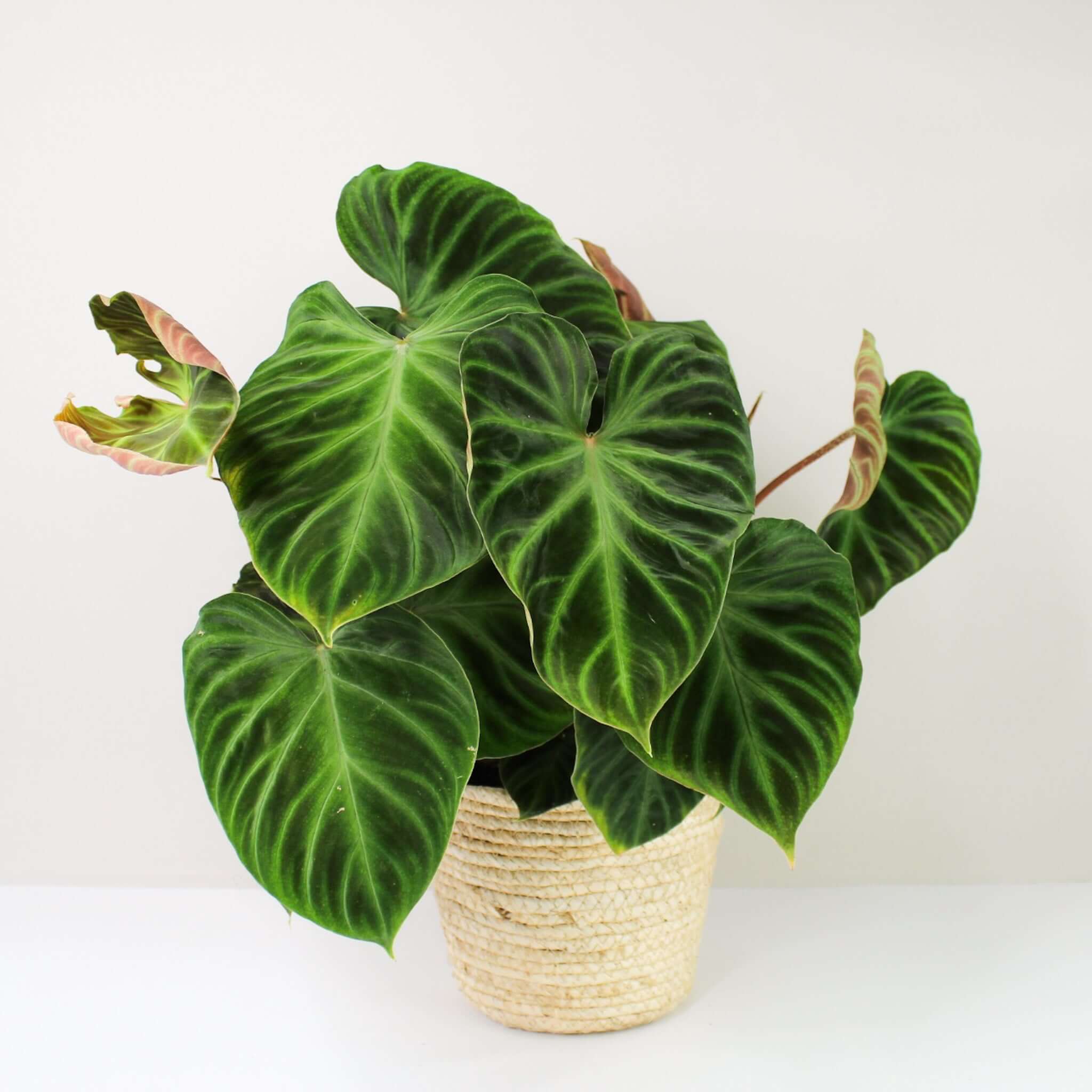
4. Water Thoroughly When Soil is Partially Dry
Philodendron verrucosum likes moist but not wet soil. Allow the top few inches of the potting mix to partially dry out between waterings. When in doubt, wait an extra day or two. These plants are far more tolerant of under- rather than over-watering.
To tell when your philodendron needs water, stick your finger into the top few inches of soil. If it feels slightly dry, it’s time to water. Pay attention to the weight of the pot as well—it will feel noticeably lighter when it’s time for a drink. Thoroughly drench the soil until water drains freely from the drainage holes at the bottom. Allow any excess water to completely drain away.
The frequency of watering will vary based on factors like light, temperature, humidity, pot size, and soil composition. In general, aim to water your philodendron verrucosum about once per week. Reduce watering frequency in winter when growth slows.
If leaves start to droop, yellow, or develop brown crispy edges, this is a sign your plant is receiving too little water. Leaching or waterlogged soil that causes root rot can also create similar symptoms.
5. Use Loose, Fast-Draining Potting Mix
Philodendron verrucosum prefers a loose, chunky potting mix that drains well. A quality potting soil blended with perlite, bark chips, coco coir, or sand will provide the fast drainage these plants need to avoid root rot. Soilless potting mixes made specifically for tropicals are also excellent choices.
When planting or repotting, avoid dense, water-retentive soil mixes containing excessive peat or clay. It’s also wise to add horticultural charcoal to naturally absorb excess moisture and prevent soggy soil.
Terracotta pots are ideal for growing philodendron verrucosum, as they naturally pull moisture away from the roots. Add plenty of drainage holes if reusing a plastic container.

6. Fertilize Regularly During Growing Season
Like most tropical plants, philodendron verrucosum benefits from regular fertilization when actively growing in spring and summer. Use a balanced liquid houseplant fertilizer diluted to half strength or a slow-release pellet fertilizer. Fertilize monthly or according to label directions.
Avoid over-fertilizing, which can burn roots and leaves. Rinse any accumulated fertilizer salts off the leaves or soil surface between applications. Discontinue fertilizing if growth slows in fall and winter. Resume in spring when new growth appears.
7. Prune for Shaping and Dense Growth
Pruning is an important part of philodendron verrucosum care. Use clean, sharp scissors or shears to:
- Remove any dead, damaged, or yellowing leaves.
- Cut back leggy vines to encourage bushier growth.
- Trim off wayward trailing stems to manipulate the plant’s shape as desired.
- Propagate by taking stem tip cuttings in spring or summer.
Pruning will keep your philodendron looking tidy and full. It also directs energy into new growth and additional vines rather than stretched out stems. For philodendron verrucosums in hanging baskets, occasional thinning is needed to prevent excessive dangling.
Be sure to sterilize pruning tools before each use to avoid transmitting disease. Make clean cuts just above leaf nodes when pruning.
Philodendron species are the most sought after by aroid plant lovers
Conclusion
Caring for the lush, tropical philodendron verrucosum brings the ambiance of the rainforest right into your indoor plant collection. By providing this vining philodendron with bright, indirect light, warm temperatures, average humidity, frequent watering when the topsoil dries, well-draining soil, regular fertilizer, and attentive pruning, your plant will thrive for years to come. Consistency and vigilance are key when attending to the needs of this eye-catching climbing aroid. With the proper care, the philodendron verrucosum’s velvety leaves will cascade beautifully in any home or office setting.


